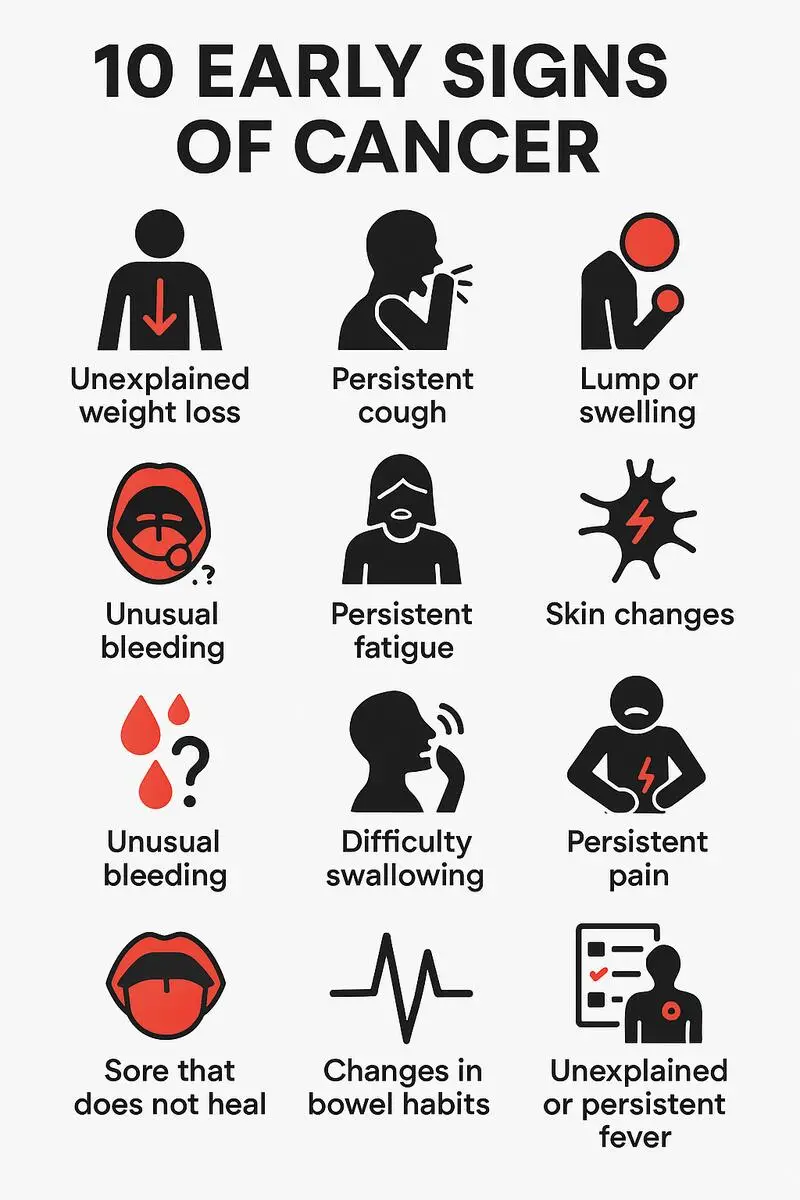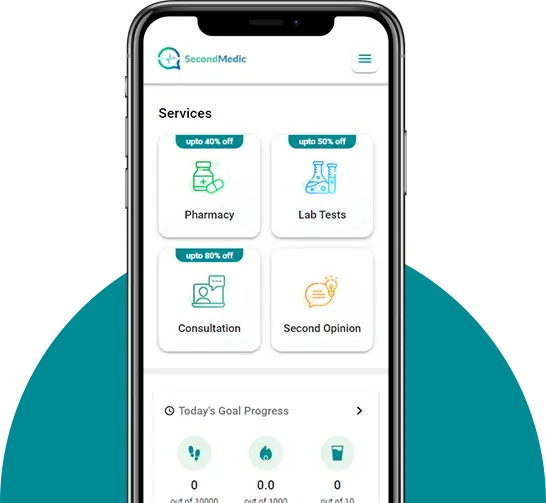- Published on: Jan 29, 2024
- 3 minute read
- By: Secondmedic Expert
Simple Home Remedies To Get Rid Of Acidity
Do you ever feel uncomfortable or have a burning feeling because of acidity? We have a simple guide with 21 easy ways to help you with acidity problems. These solutions, like using fennel seeds or making lifestyle changes, are not hard to do and have science behind them to make you feel better. Let's explore these natural ideas to beat acidity and have a healthier, happier life.
Acid reflux, which is also called acidity, happens when stomach acids go back into the tube that connects your mouth to your stomach. This can make your chest feel irritated and like it's burning. The article talks about the signs and reasons for acidity. She also explains important words like acid reflux, heartburn, and GERD. Knowing these words helps doctors figure out the problem and find the right treatment for you.
Symptoms of Acidity:
If you're feeling uncomfortable, here are some signs of acidity you might notice:
1. Pain and Burning: Your chest, stomach, or throat might hurt, and it can feel like a burning sensation.
2. Feeling Gassy: You might feel gassy or have gas in your belly
3. Trouble Digesting: It could be hard for you to digest your food properly.
4. Bad Breath: You might have bad breath
5. Bathroom Issues: You could have trouble going to the bathroom, like constipation.
6. Feeling Like You Might Throw Up: You might feel like you're going to throw up.
7. Heavy Stomach: Your stomach might feel heavy after eating.
8. Burping a Lot: You might burp a lot.
9. Food Coming Back Up: Sometimes, undigested food might come back up into your mouth.
If you notice these signs, it's a good idea to talk to someone who can help, like a doctor. They can give you advice on how to feel better.
Causes of Acidity:
Sometimes, our stomach feels upset, and there are different reasons for it. Here are some common reasons:
1. Eating Too Much: Eating a lot in one go can upset your stomach.
2. Eating at Strange Times or Skipping Meals: If we eat at unusual times or forget to eat, our stomach may not be happy.
3. Unhealthy Eating Habits: Some foods and drinks can make our stomach upset if we have too much of them. Like having too much tea, coffee, cold drinks, junk food, spicy food, or oily food.
4. Stomach Problems: Sometimes, if our stomach has issues like ulcers or GERD, it can lead to acidity.
5. Unhealthy Lifestyle: Stress, not getting enough sleep, smoking, or drinking alcohol can also upset our stomach.
So, it's good to be mindful of what we eat and how we live to keep our stomach happy and healthy!
Easy Home Remedies for Acidity:
1. Fennel or Saunf:
- Mix 1 teaspoon of fennel powder with warm water to feel better if your tummy hurts.
2. Black Cumin Seeds:
- Chew cumin seeds or boil 1 teaspoon in water to make your tummy feel calm.
3. Cloves:
- Suck on a piece of clove if you feel gassy or your tummy is upset.
4. Lukewarm Water:
- Drink warm water on an empty tummy and before bedtime to help your tummy.
5. Watermelon Juice:
- Have watermelon juice to make your tummy feel good.
6. Cardamom:
- Chew one cardamom pod every day to keep your tummy happy.
7. Apple Cider Vinegar:
- Try a bit of apple cider vinegar; it has good things that might help your tummy.
8. Almonds:
- Eat almonds; they have good stuff that can help your tummy and stop heartburn.
9. Jaggery:
- Eat a little jaggery; it has things that can make your tummy feel calm.
10. Mint Leaves:
- Eat mint leaves; they can help your tummy feel better and cool down.
11. Buttermilk:
- Drink buttermilk; it can calm your tummy and help with digestion.
12. Ginger:
- Chew on raw ginger or drink ginger tea to stop your tummy from feeling upset.
13. Banana:
- Eat a banana to stop heartburn and make your tummy feel good.
14. Papaya:
- Eat papaya; it has something called papain that can help your tummy.
15. Ajwain:
- Eat ajwain; it's good for your tummy and can stop acidity and gas.
16. Cold Milk:
- Drink cold milk to quickly make your tummy feel better.
17. Baking Soda:
- Mix a little baking soda in water and drink it for quick relief from acidity.
18. Turmeric:
- Add turmeric to your food; it can help stop heartburn and acidity.
19. Sleeping on Your Left Side:
- Sleep on your left side to stop acid from going up and making your tummy feel bad.
20. Chew on Some Gum:
- Chew gum to make more spit, which can help stop acidity.
21. Raise Your Head While Sleeping:
- Lift the head of your bed when you sleep to stop acid from bothering your tummy at night.
Remember, these simple tricks can help, but if your tummy troubles don't go away, it's important to talk to a grown-up doctor for more help. Take care of your tummy!
Besides these fixes, it's important to make some easy changes in your daily life to stop acidity. Move around a bit, eat smaller meals, have your dinner early, don't eat too much, and keep a healthy weight. Doing these simple things will really help you say goodbye to acidity and make your life healthier.
Don't forget, if you keep feeling the acidity a lot, talk to a healthcare professional. They can give you the right advice at the right time. Don't ignore how you feel, and do things to keep your stomach healthy.
Read FAQs
A. To quickly ease acidity, try chewing on some fennel seeds or drinking a glass of lukewarm water. These simple tricks can help you feel better fast.
A. Mix half a teaspoon of baking soda in half a cup of water and drink it. This can provide quick relief from acidity within 5 minutes.
A. Sipping on cold milk can help neutralize acidity and bring relief. It's a simple and soothing drink that can calm your stomach.









